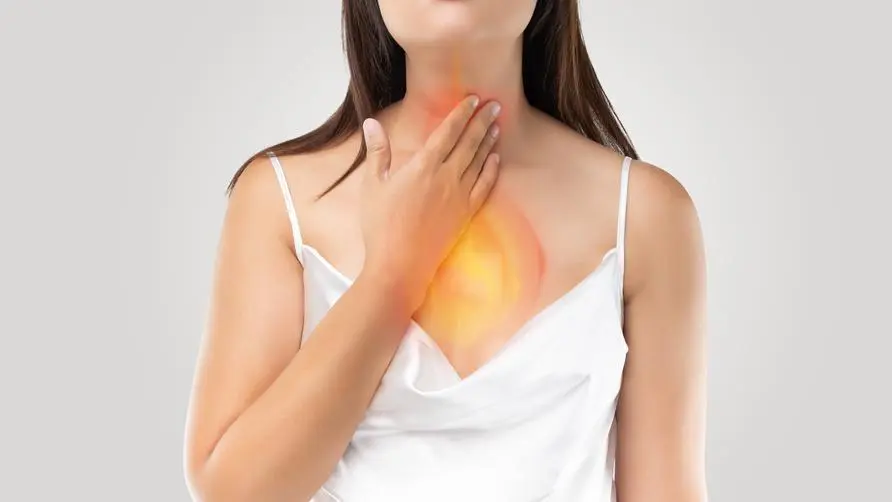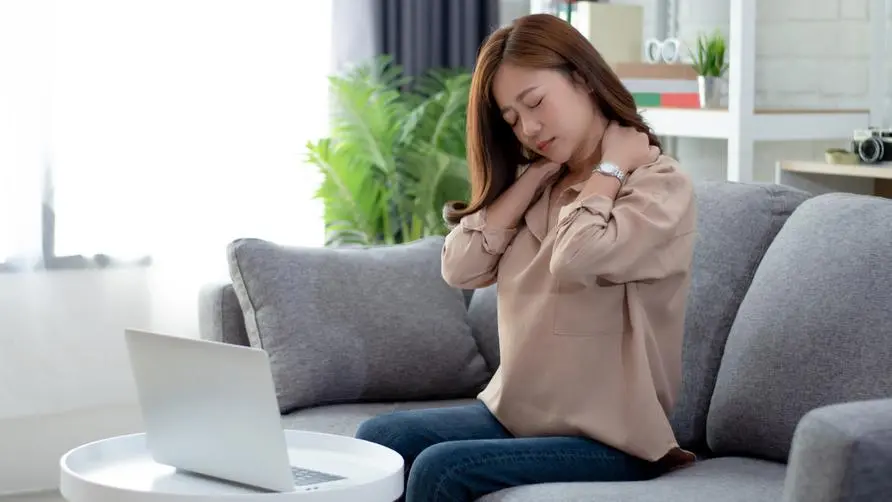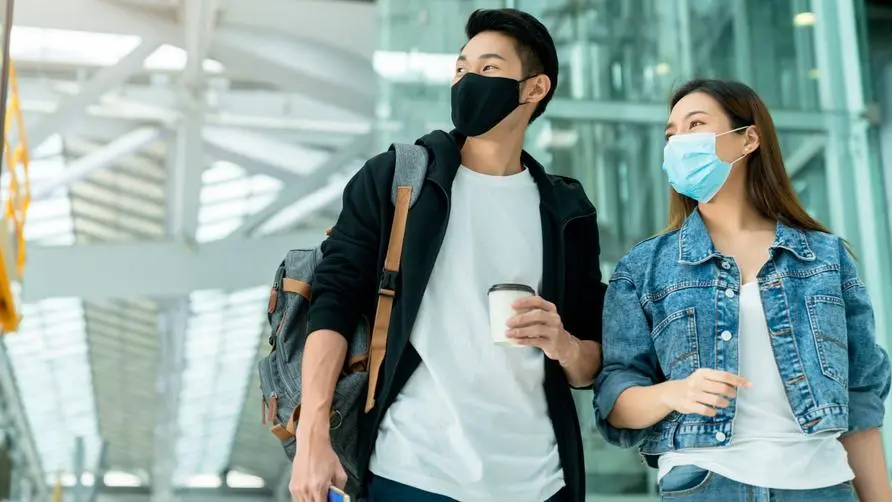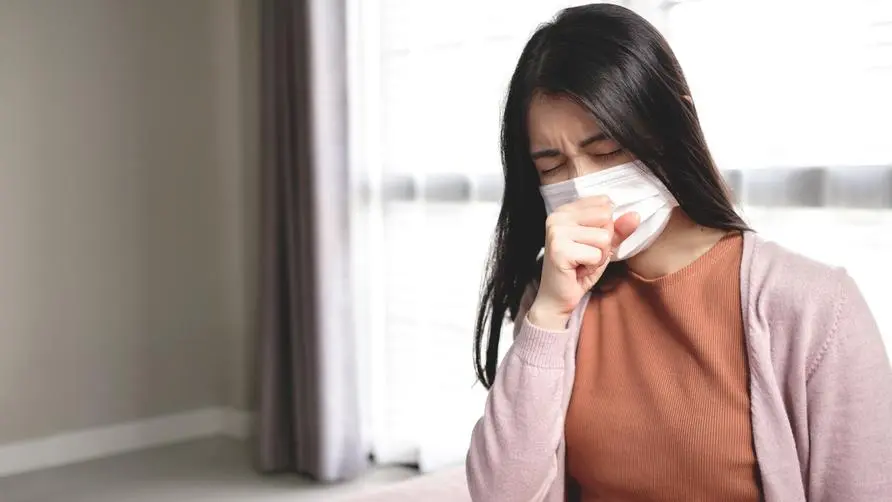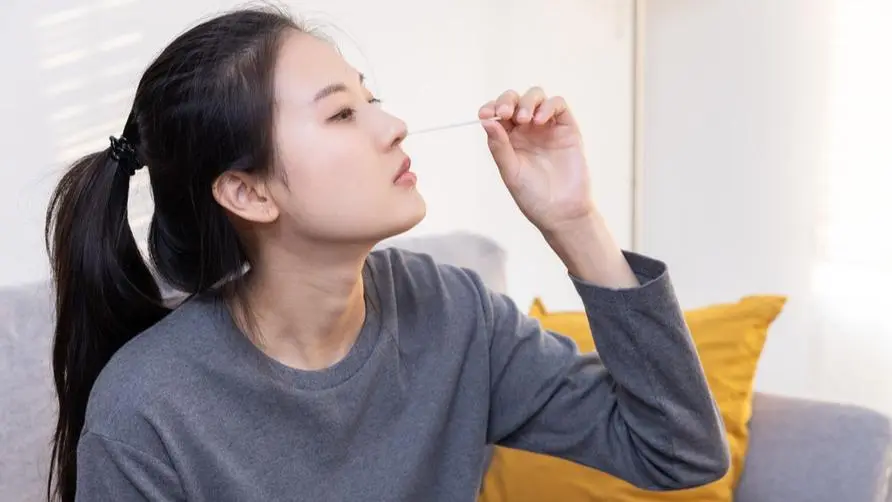Stop cramming into the emergency room! Critical care doctors urge: Make more use of video diagnosis and treatment before seeking medical treatment if you have "4 symptoms"
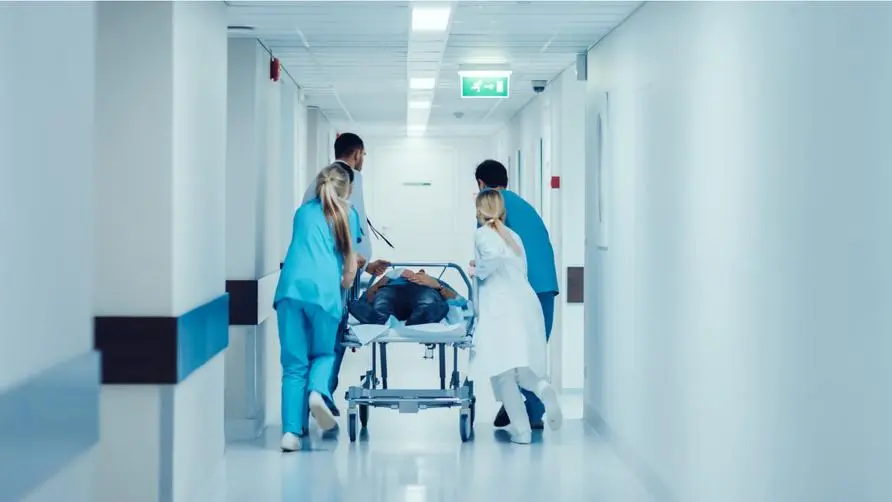
The COVID-19 epidemic in Taiwan is severe and the number of confirmed cases is increasing day by day, causing a lot of panic among the people. In addition to the queues of people waiting to receive rapid screening reagents at major pharmacies, hospital emergency rooms are also crowded with people who want to take “PCR screening”. Huang Xuan, an expert in critical care medicine, pointed out on the social platform that swarming into hospitals may limit the rights of those who really need treatment. He suggested that people should only seek medical treatment after symptoms appear, or use “video consultation” to avoid entering and leaving medical facilities.
Is the epidemic causing medical staff to “collectively burst into liver”? Study reveals emergency room burnout rate as high as 64%
Dr. Huang Xuan said that previous research in the International Journal of Environmental Research and Public Health (IJERP) had shown that during previous epidemics, Americans rushed into hospitals instantly, causing burn out of emergency medical staff. , accounting for approximately 49.3%-58% of the total; when Japan faced the first wave of the epidemic in 2020, more than half of the medical staff were overworked; and after the second and third waves of the epidemic, the phenomenon of overwork continued to occur.
Another study published in the “International Journal of Environmental Research and Public Health” pointed out that the frontline emergency medical staff are the most severely overworked, about 64%; the second most serious is the critical care medical staff, accounting for 56%; and finally It’s respiratory therapists, about 55%. The phenomenon of burnout among young residents (48%) is as high as that among attending physicians.
Therefore, Dr. Huang Xuan calls on the public to avoid crowding into emergency rooms during the epidemic. If the medical capacity is overloaded, it will be difficult for medical staff to treat patients who really need emergency care.
“Don’t just remember that you need ‘PCR’, but forget that there are more people who may need ‘CPR’!”
If you feel unwell, consider “video consultation” first. If “4 symptoms” appear, consider seeking medical treatment.
Even though medical resources are limited and the load of emergency medical personnel is easily too high, Dr. Huang Xuan still appeals to the public that when specific symptoms appear in the body, it may be a precursor to diagnosis. At this time, it is still necessary to seek medical treatment in time to clarify the condition. For children under 12 years old, if they have the following symptoms and require “video diagnosis and treatment”, they must arrange to go out for medical treatment if necessary:
Fever for more than 48 hours, or high fever exceeding 39 degrees combined with chills and cold sweats.
Poor mobility persists after the fever subsides.
Persistent shortness of breath, hyperpnea, or chest tightness and chest pain after the fever subsides.
Persistent vomiting, headache or abdominal pain.
Not eating or urinating for more than 12 hours.
Adults should pay special attention to the following symptoms:
Persistent chest tightness or chest pain.
Unconsciousness.
Shortness of breath.
The skin/lip color/nail bed color becomes dark.
If combined with blood oxygen saturation lower than 94%, convulsions, cold limbs, and mottled skin, it is recommended to call 119 immediately to have relatives and friends living with you send you to the hospital.
Dr. Huang Xuan said that “separation and triage” is not only the job of medical professionals, but also a crisis management method that the public must learn. If you feel unwell or need medical treatment, it is recommended that the public make more use of resources such as video consultation and have professional doctors diagnose and treat you first. This will be safer than going to the emergency room alone, and can also avoid the continued expansion of the virus transmission chain.
source:
“Stop crowding the emergency room” - Dr. Huang Xuan
Burnout of Healthcare Workers Amid the COVID-19 Pandemic: A Follow-Up Study
Further reading:
